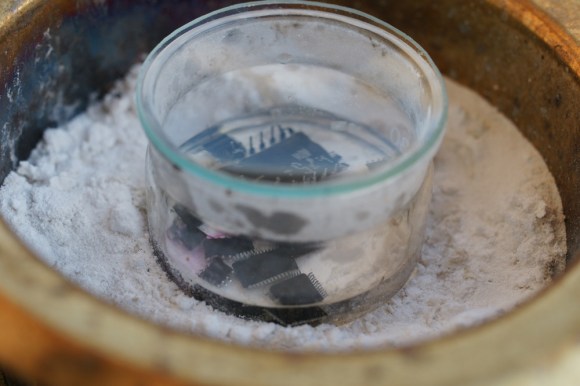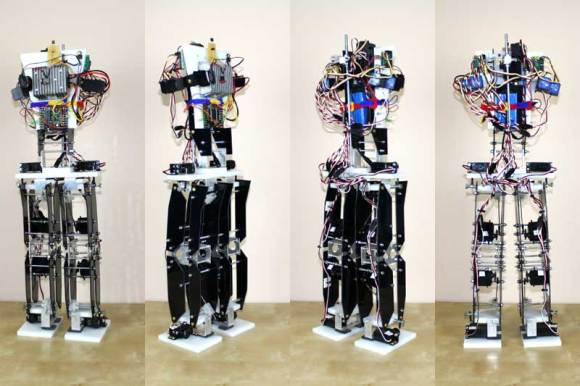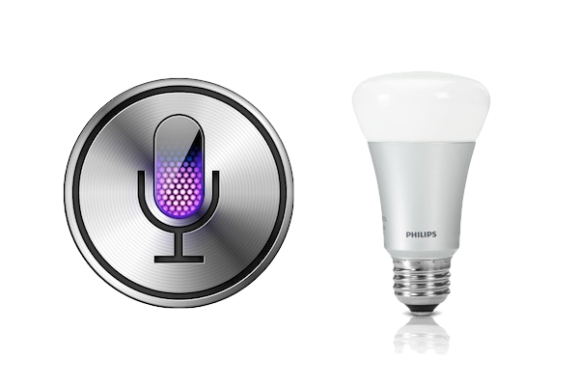
This piece of furniture actually resides in [Matt Pratt’s] livingroom but we think it would make a perfect kitchen island. The base is a chest freezer modified to keep the beer inside at just the right temperature. But this doesn’t just dispense the beer, the system is designed to tell you how many pints are left in each keg.
The freezer offers enough room for four five-gallon Cornelius kegs. [Matt] salvaged the weight sensors from some cheap bathroom scales and rigged them up with some plywood discs to serve as the base for each keg. After working out the electronics to reliably read from the sensors (which was no small job) he hooked them up to a microcontroller and a touch screen. As you can see in the video after the break, the system calculates the number of pints left in each keg based on its weight. This can be easily calibrated using the touch screen.
He didn’t talk all that much about the control hardware, but having see his post about ARM LCD dev boards we’d bet that’s what he’s using here.
Continue reading “Kitchen Island Monitors And Distributes Home Brew Beer”
















